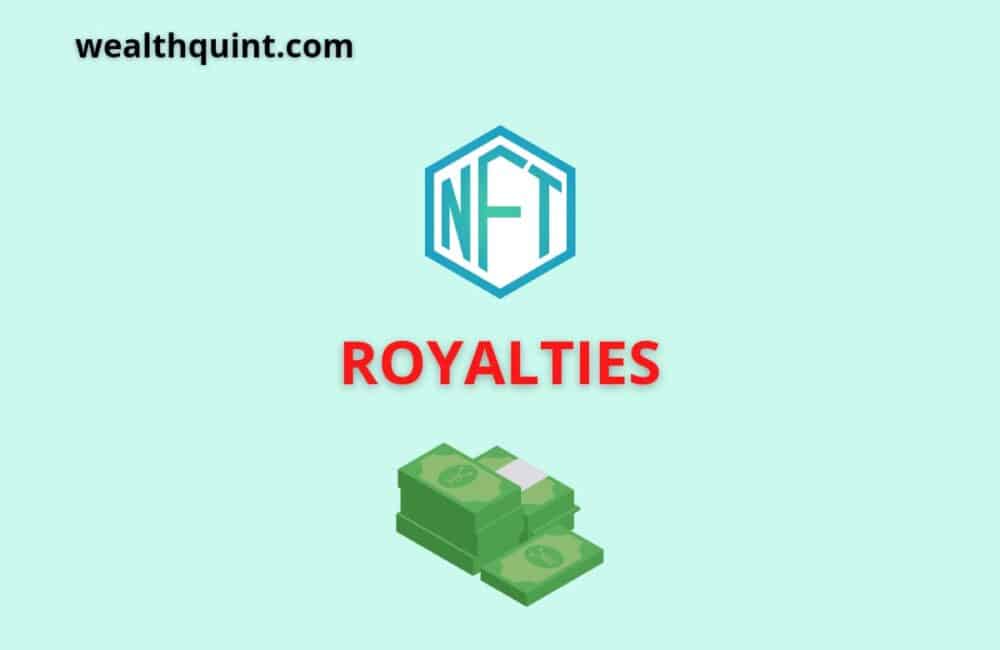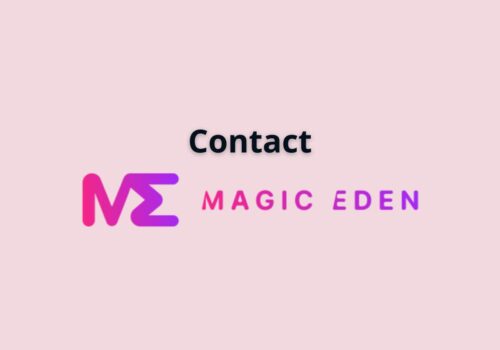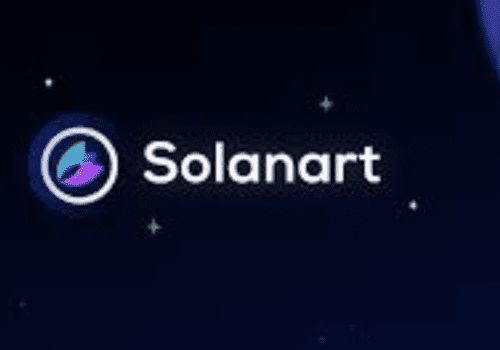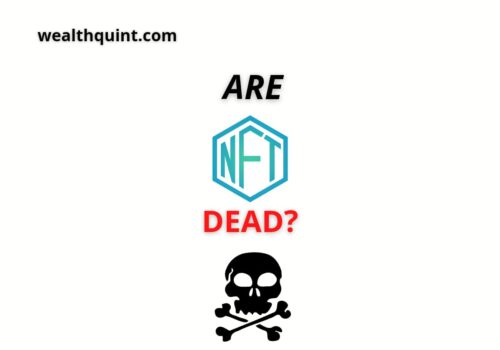NFT royalties seem to be payments made to the author when their work is sold again. In the smart contract on the blockchain, these things are written in.
Each time there is a secondary sale, the smart contract makes sure that the NFT’s terms are met. When royalty is established, some of the money is given to the person who made the work.
There was no need for a middleman, and this is independent of the parties involved in the transaction.
Note that not all NFTs result in royalties; this should be kept in mind. A smart contract’s terms are recorded in the blockchain, and everything else is automated.
What Are NFT Royalties?
NFT royalties provide you a share of the sale price when your NFT formation is offered on a Market. A smart contract is used to make payments for NFT royalties that will never end.
In most markets, you have the option of choosing your own royalty percentage. In the wake of the development of NFTs, this position has been substantially transformed.
A fair share of the income from the sale of an artist’s work can be retained by the artist in perpetuity.
How Do NFT Royalties Work?
The NFT Royalty works by offering it to the item’s original inventor every time an asset is traded. In the case that their work and invention are valued, recursive selling will provide royalty money to the originator.
Digital art, renowned tweets, and video clips of game recaps are all examples of NFTs that can sell for hundreds and even millions of dollars.
NFTs, however, have a unique feature that we’ll focus on for the time being: the ability to pay royalties upon subsequent sales, including future resales of the product.
You can think of it like this: if you’re an artist who develops an NFT work of art and puts it for sale, you get 10% of the sale price.
People can take advantage of the bitcoin environment because of the foresight and development of an ecosystem.
Also Read: NFT Smart Contract Explained
Who Can Earn Royalties From NFT?
Musicians, content providers, and creators of all types can earn from NFT royalties. The buyer benefits as well because they may check the legitimacy of the item they are purchasing.
This allows people to prominently proclaim their assets while also allowing them to sell them at a guaranteed price.
Because of the technology that underpins NFTs, producers can specify terms that require them to pay royalties anytime their NFTs are exchanged on the secondary market. In other words, well after their work has been given to collectors, artists could stand to gain from it.
A portion of the sales price of the NFTs in question will continue to be paid to them indefinitely because of this.
Each time a digital artwork is resold to a new owner when the royalty rate is set at 10%, the original creator will receive 10% of the total sale price.
It’s important to know that the manufacturers typically mention these set percentages when minting NFTs.
Smart contracts, which are computer programs that self-execute and enforce commercial agreements, also regulate the entire royalty distribution process.
It’s fully automatic, so as a creator, you won’t have to worry about manually enforcing your royalty conditions or keeping track of payments.
Will I Always Get Paid If My NFT Is Sold?
As of now, the bulk of NFTs is created as ERC-721 tokens, which implies that an artist will only be paid when they sell their work for the first time to a buyer for ERC-721 tokens.
A new NFT platform for artists of all kinds has been launched in an effort to solve this. As a “creator share,” which is a percentage of all future sales generated by the platform, each artist who issues new NFTs has the option to do so solely through the platform.
For example, let us assume the creator share is 10% of all revenue generated. For example, if the first item sells for 0.5 ETH and goes on to sell for 10 ETH, the creator will receive an additional 1 ETH from the secondary sale.
These creator shares are also auditable on Ethereum, so the inventors don’t have to worry about hunting them down: they merely receive payments in perpetuity to the Ethereum address they used when they created the NFT.
However, unlike music royalty payments, this is an automatic and auditable method of payment.
Also Read: Best NFT Trading Cards
Conclusion:
Automated NFT royalties are payments made to the author on the secondary sales which are generated by the NFT programs.
As part of the contract that operates on the blockchain, these are encoded. Royalties may be paid to the artist who made the piece in question if they are specified.
A fair share of the income from the sale of an artist’s work can be retained by the artist in perpetuity. Alternatively, artists can choose a “creator share,” which would be a percentage of any additional revenue generated by their work.
Automated payment of creators’ shares on the NFT platform is done using smart contracts only.




